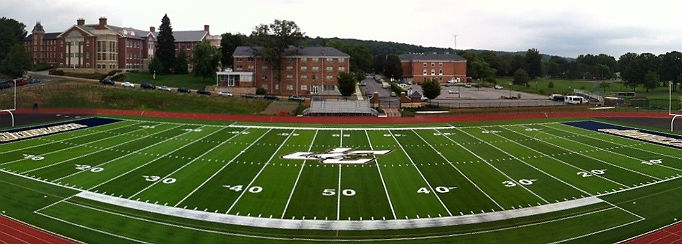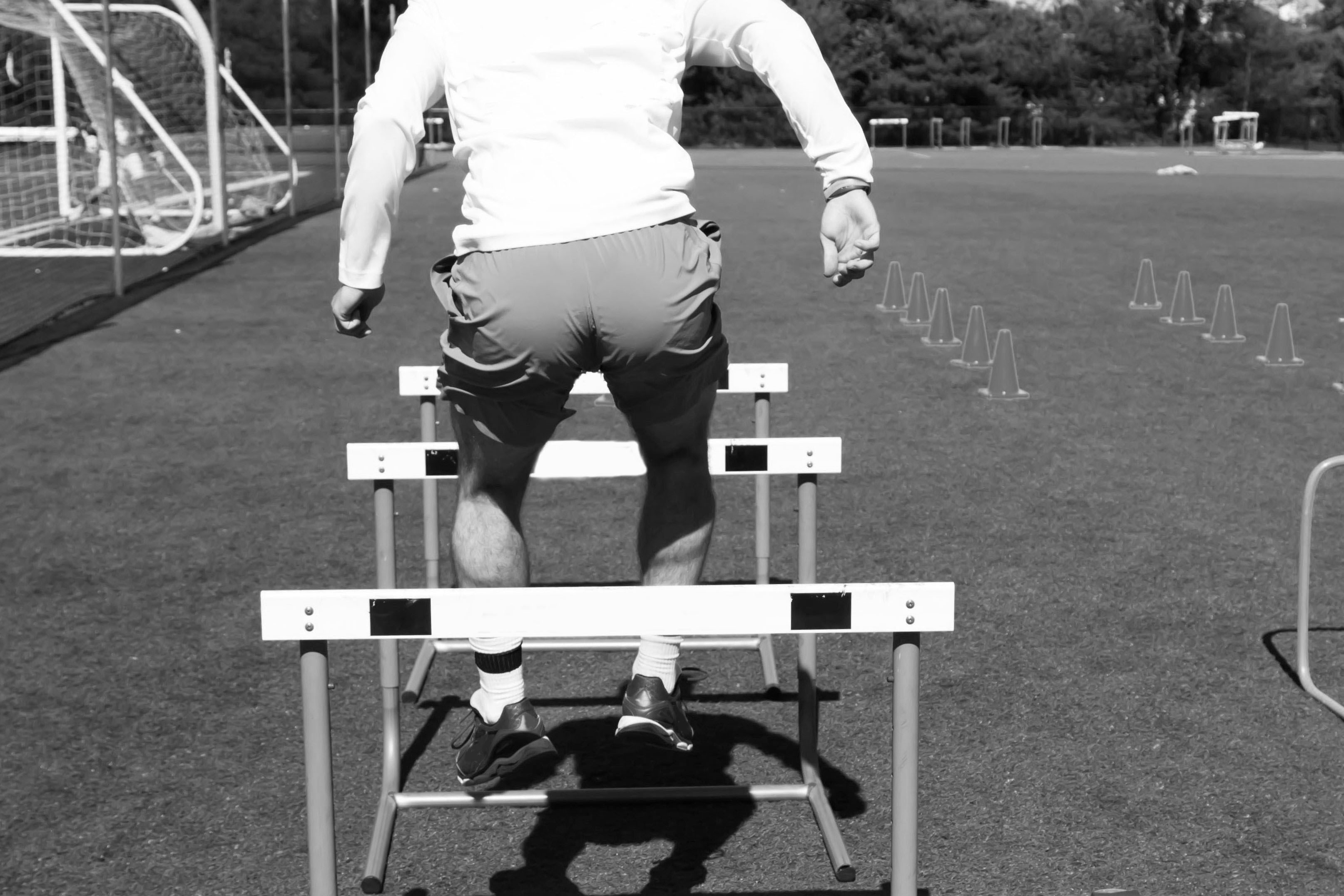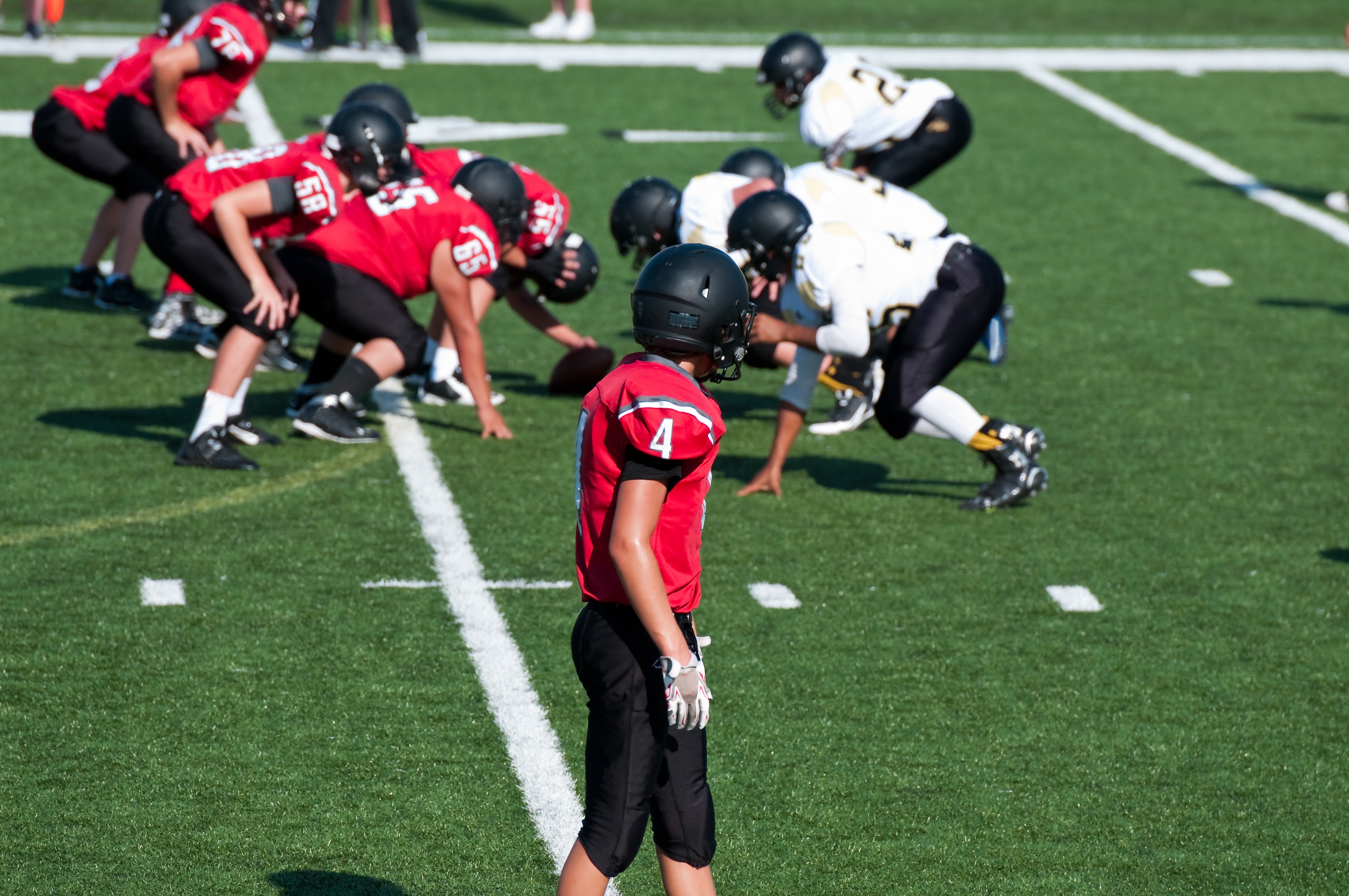Training High School Wrestlers, From a College Strength Coach
I have been asked many times at clinics, conferences, and our annual John Smith Wrestling Camp about how to train high school wrestlers in preparation for college wrestling. High school wrestling coaches have a very difficult job with juggling coaching proper wrestling technique, setting a lineup, instructing how to cut weight safely & properly and putting their team through strength and conditioning workouts.
One other interesting challenge for high school wrestling coaches is dealing with the strength and conditioning coach (if they even have one) at their respective school. Most high school head strength coaches come from a football background and to them it is always "football first." After the football workout times are set and completed, then the strength coach sets the remaining sport teams' times. This may or may not fit in with the wrestling coach’s layout of when he wants his team to strength train.
Also, unless the high school strength coach has a wrestling background, they may or may not understand the sport of wrestling and its demands. I, for one, had to spend hours researching and meeting with our wrestling coach. We even watched wrestling practice together in order to come up with a philosophy on wrestling strength training because I had never been anywhere that had a wrestling program. So yes, I failed a ton! All of this being said, high school wrestling coaches and high school wrestlers have a definite need for help with proper strength training workouts.
From my perspective, the main goal for high school wrestlers should be handling their own body weight! I have seen this time and time again… a young athlete wanting to lift weights and yet he or she cannot perform the simplest body weight exercise! Believe me, I understand where this disconnect comes from. Everyone wants to do bicep curls or bench press and look good in the mirror but a pull-up is this last thing on anyone’s mind.
A very smart older strength coach told me years ago the key to training athletes is to train the parts of their body they cannot see. Back, triceps, glutes, hamstrings. It made perfect sense to me then and it still does now. Everyone wants to see their muscles grow and this is where the problems start. Every high school athlete, not just wrestlers, should be more focused on controlling their body in space and being able to perform body weight exercises.
Young athletes need to start with push-ups, pull-ups, chin-ups, dips, reverse dips, step-ups, lunges, and possibly the most important one, body weight squat. Learning how to perform these various body weight exercises correctly is only part of the puzzle. The other part is learning how to stabilize by bracing and learning how to breathe correctly. Once these strength training building blocks are mastered then the young athlete can progress into handling weight on a bar. Never forget that the basis of wrestling is about trying to control a person of the exact same body weight!
A good rule of thumb for high school wrestlers it to lift 3 times a week in the off-season and 2 times a week in-season. We here at Oklahoma State University do something very similar with the exception of the off-season program; our off-season program here consists of a 4-day total body workout. A very effective rep routine for the body weight exercises is to start with perfect technique, burn out sets. This way you can make sure the technique is good all the way through the set and they can stop when fatigue sets in. Once the technique on the various body weight exercises is flawless then proceed to 3 sets of 20 reps on the lower body and 3 sets of 12 on the upper body. Cycle both down the following weeks using a two rep drop per week to ensure proper technique. Stay with this set/rep scheme for a total of 6 weeks. After the 6-week body weight phase then you can progress to using a phase integrating a bar and lighter weights. High school coaches should never completely get away from body weight exercises for wrestling because of the nature of the sport and performing them in-season is always a great idea.
Subscribe to our blog
Subscribe to receive the latest blog posts to your inbox every week.
Related posts

Pennsylvania State & Juniata College Strength and Conditioning Clinic 2015

5 Pieces of Advice for High School Strength Coaches from a College Strength Coach


